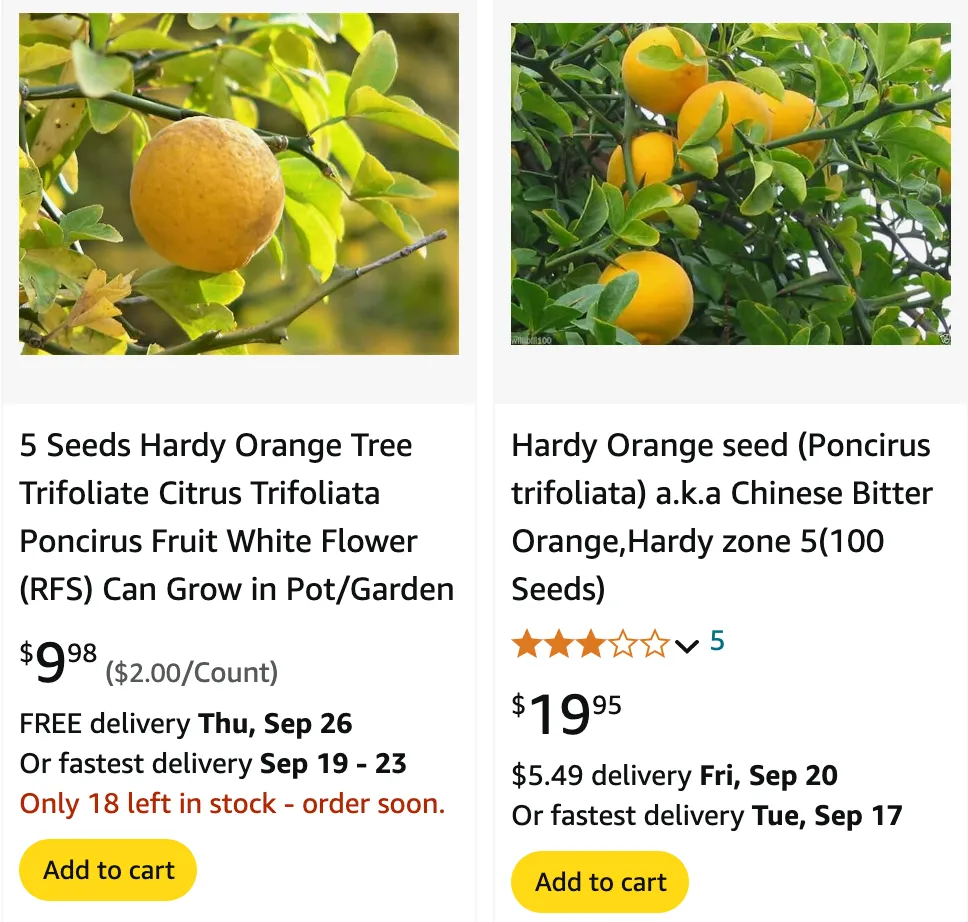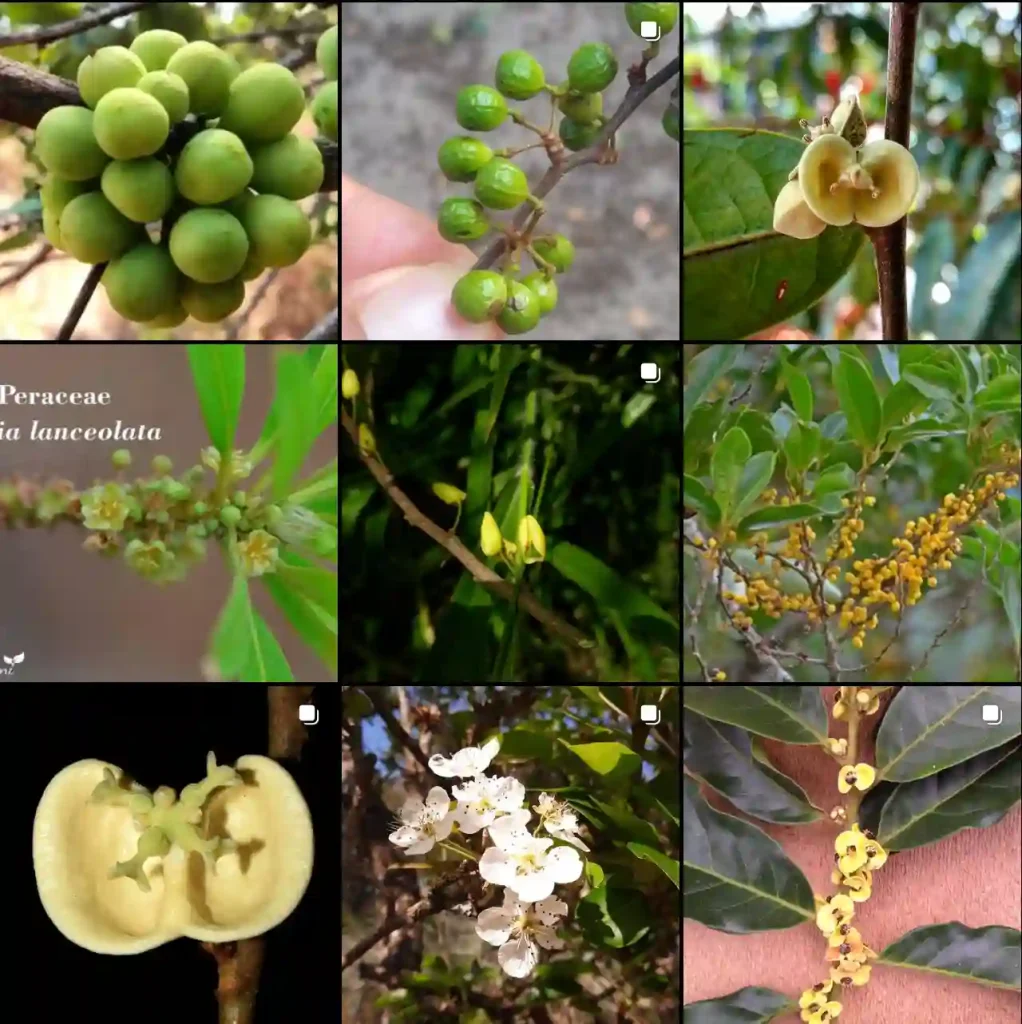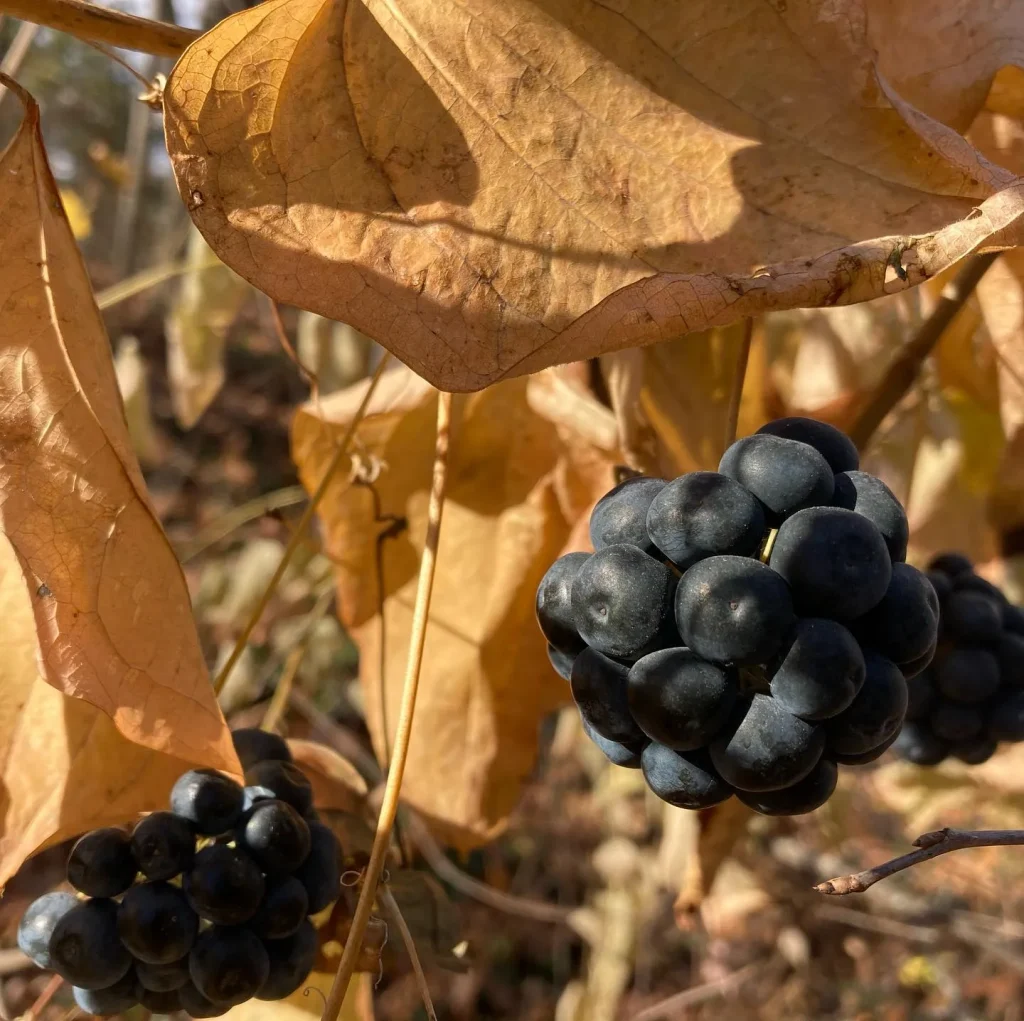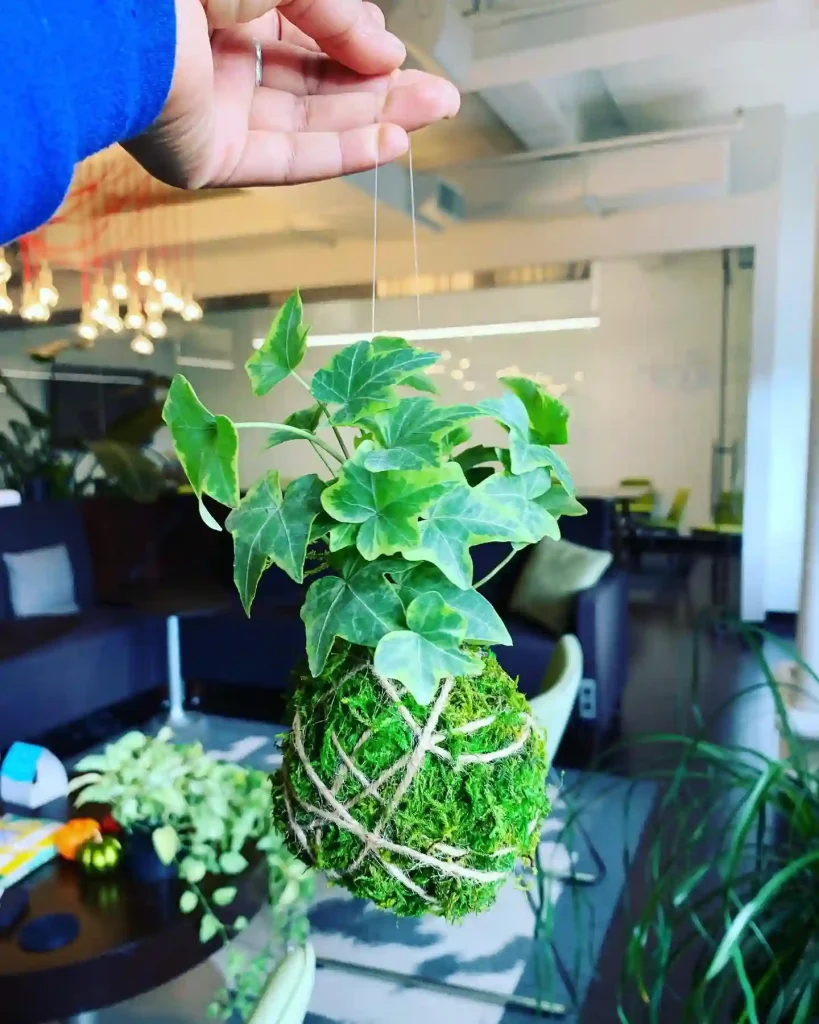
FAQs About Citrus Trifoliata
Citrus Trifoliata, commonly known as Trifoliate Orange or Hardy Orange, is a fascinating plant that often piques the curiosity of gardeners and citrus enthusiasts alike. Having worked with this plant for several years, I’ve gathered some common questions and my insights on them. Let’s dive into what you need to know about Citrus Trifoliata.
32 Species in Genus Citrus
What Is Citrus Trifoliata?
Citrus Trifoliata is a deciduous shrub or small tree that is prized for its hardy nature and striking appearance. Unlike most citrus species, it can withstand colder temperatures, making it a valuable addition to gardens in cooler climates. Its trifoliate (three-leaf) foliage is distinctive, and it produces small, fragrant white flowers followed by orange fruit.
Are Trifoliate Oranges Edible?
One of the most common questions I get is whether the fruit of Citrus Trifoliata is edible. The short answer is yes, but with a caveat. The fruit is technically edible, but it’s extremely sour and has a bitter taste that makes it less than enjoyable to eat fresh. It is often used in marmalades and preserves, where the sourness can be balanced with sugar. The fruit also contains a high level of pectin, which is excellent for making jams.
How to Root Trifoliata Citrus for Root Stock?
If you’re interested in using Citrus Trifoliata as rootstock for other citrus varieties, rooting it is a straightforward process but requires some patience. Here’s a step-by-step guide based on my experience:
- Choose Healthy Cuttings: Select healthy, disease-free stems from a mature Citrus Trifoliata plant. The cuttings should be about 4-6 inches long and taken from the tips of new growth.
- Prepare the Cuttings: Remove the lower leaves and dip the cut end of each cutting in a rooting hormone powder. This helps stimulate root development.
- Plant the Cuttings: Insert the cuttings into a well-draining potting mix. A mix of peat moss and perlite works well. Ensure the cuttings are planted deep enough to be stable.
- Maintain Humidity: Cover the pot with a plastic bag or a humidity dome to keep the environment moist. Place the pot in a warm, bright location but out of direct sunlight.
- Wait for Root Development: Roots typically start forming in 6-8 weeks. You can gently tug on the cuttings to check for resistance, indicating root growth.
- Transplanting: Once the cuttings have established a good root system, they can be transplanted into larger pots or directly into the garden.
How to Care for Citrus Trifoliata?
Caring for Citrus Trifoliata is relatively easy, thanks to its hardy nature. Here are some tips based on my experience:
- Soil: This plant prefers well-draining soil. Sandy loam or a mixture of peat and perlite works well.
- Watering: Regular watering is important, especially during dry periods. However, avoid waterlogging as it can lead to root rot.
- Sunlight: Citrus Trifoliata thrives in full sun but can tolerate partial shade.
- Fertilization: Use a balanced fertilizer in early spring to promote healthy growth.
- Pruning: Prune the plant to maintain its shape and remove any dead or damaged branches.
Can You Grow Citrus Trifoliata Indoors?
While Citrus Trifoliata is generally grown outdoors, it is possible to grow it indoors if you have the right conditions. It requires plenty of light, so a sunny windowsill or grow lights are essential. Indoor plants may need more frequent watering and regular feeding compared to those grown outside.
Is Citrus Trifoliata Toxic?
Citrus Trifoliata is not considered toxic to humans or pets. However, as with any plant, it’s best to avoid consuming large quantities of its fruit due to its sour and bitter taste. The plant’s thorns can be sharp, so handle it with care.
What to Plant with Citrus Trifoliata?
Citrus Trifoliata pairs well with a variety of companion plants. Consider planting it alongside other hardy shrubs or groundcovers that can tolerate similar conditions. Plants like lavender, rosemary, or certain ornamental grasses can complement its appearance and thrive in similar environments.
Common Problems with Citrus Trifoliata
Despite its hardiness, Citrus Trifoliata is not without issues. Some common problems include:
- Pests: Aphids and spider mites can sometimes infest the plant. Regular inspections and appropriate insecticidal treatments can help manage these pests.
- Disease: While generally resistant, it can occasionally suffer from fungal diseases like powdery mildew. Ensuring good air circulation and avoiding overhead watering can prevent this issue.
Compare with Other Citrus Plants
When compared to other citrus plants, Citrus Trifoliata stands out due to its cold hardiness. Most citrus plants require warmer climates and are more susceptible to frost. However, its fruit is less desirable for fresh consumption compared to sweeter varieties like oranges or lemons.
In conclusion, Citrus Trifoliata is a unique and versatile plant that offers a range of benefits, from its hardiness to its use as a rootstock. Whether you’re interested in its unusual fruit or its role in grafting, understanding its care and propagation will help you make the most of this interesting citrus.
If i die, water my plants!



